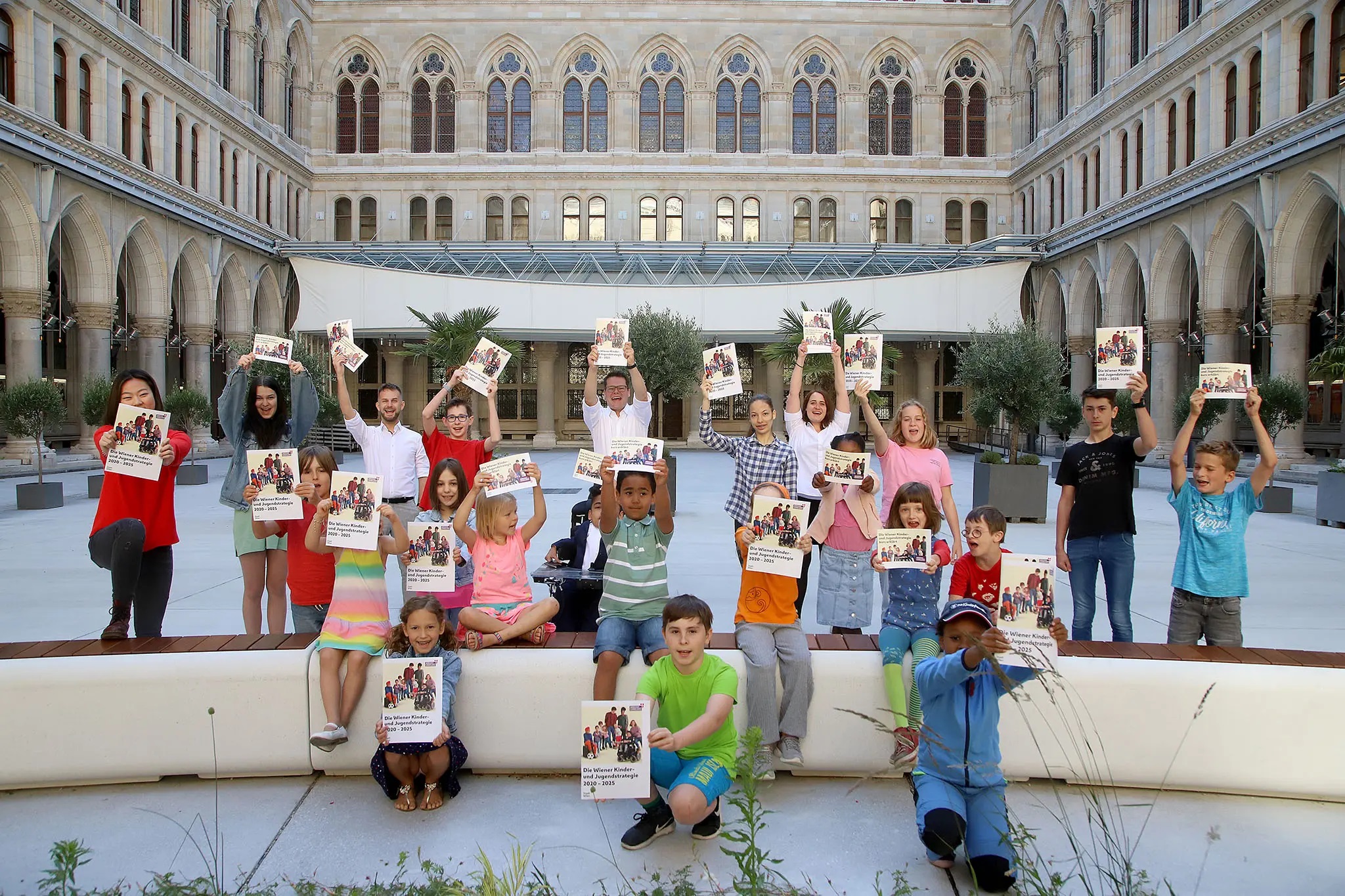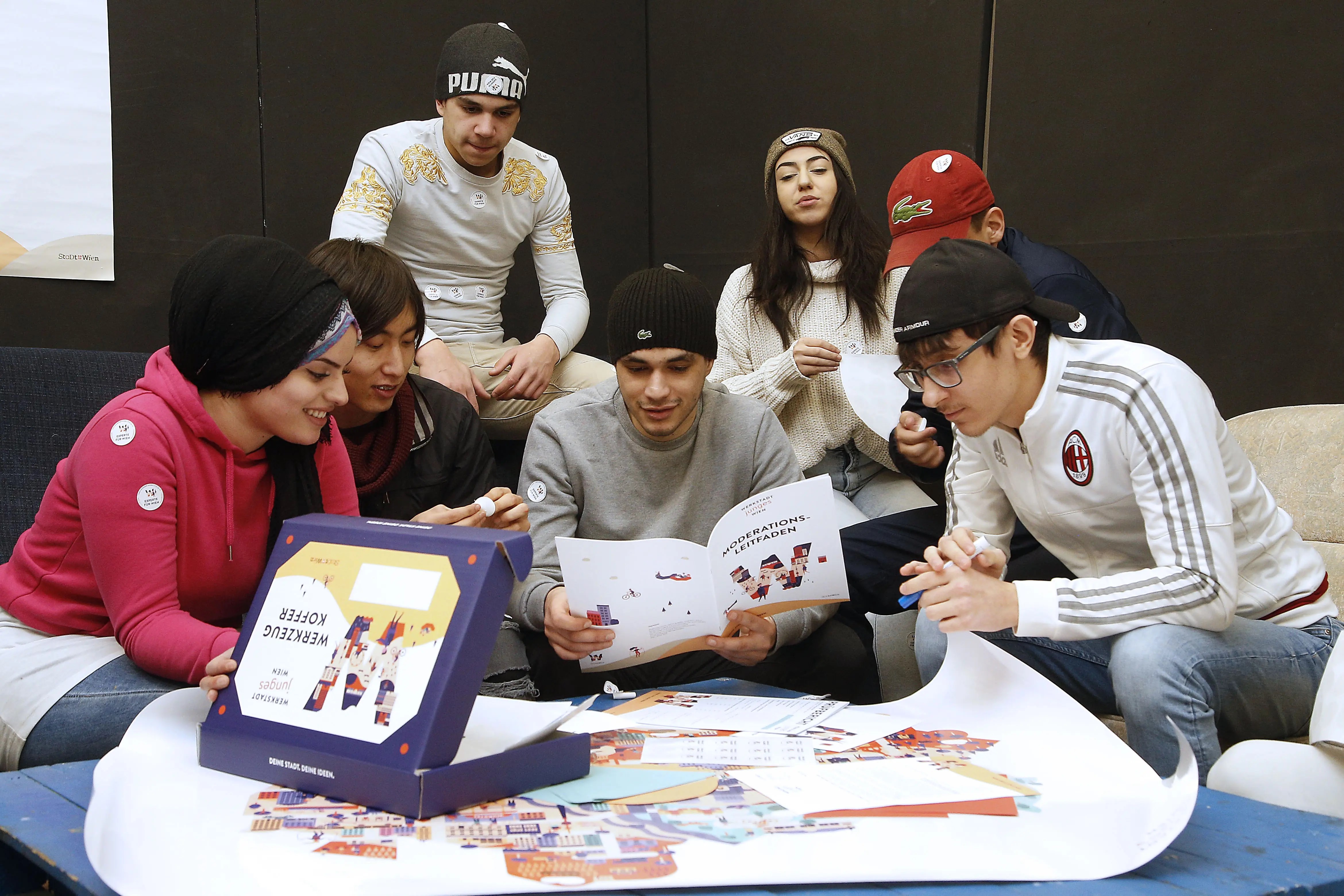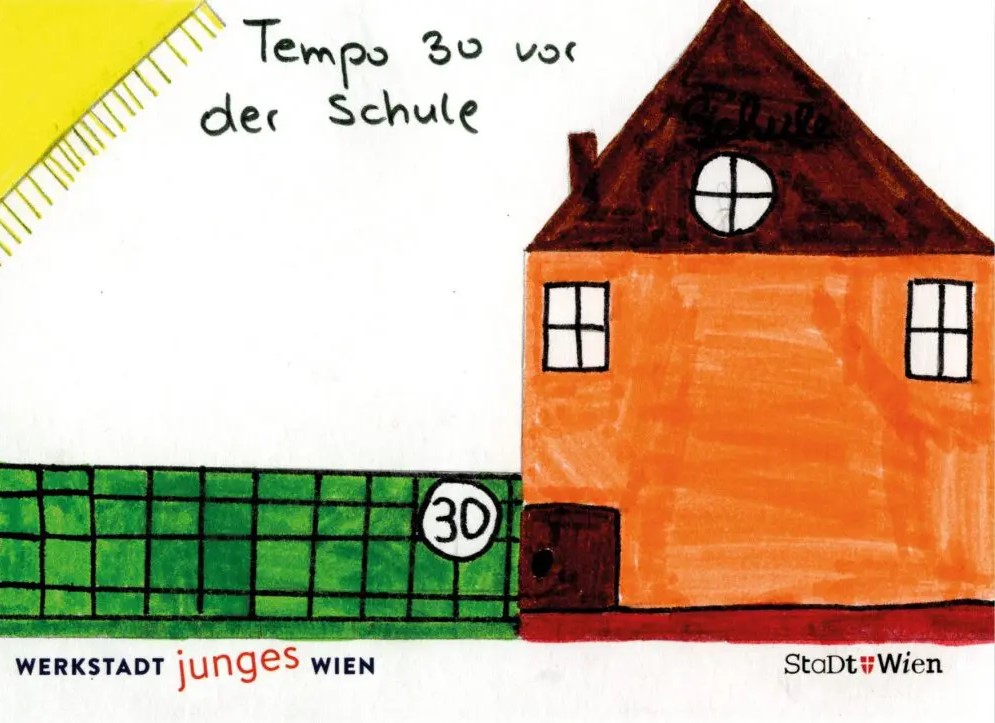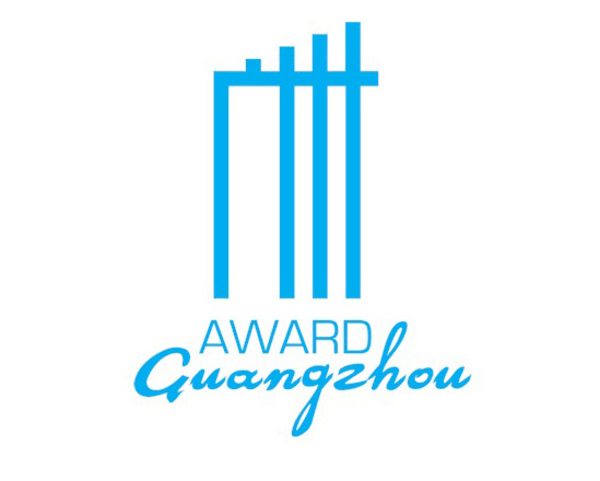City
Vienna
Main actors
City Government, Community / Citizen Group, Public Utility, Research Institutes / Universities
Project area
Whole City/Administrative Region
Duration
Ongoing since 2019
A participative process to develop a Children and Youth Strategy for Vienna.
The largest participation project with children and young people in the City of Vienna’s history involved more than 22,000 young residents. The main objective being to create a cross-sectoral strategy based on the expertise and experiences of children and young people. Everyone between 4 and 19 years of age living in Vienna was invited to attend the workshops and participants were truly free to set the agenda and decide on priorities. Only after the participants made their choices experts were invited to share their knowledge.
Data gathered throughout the participation process was analysed by academics at a social science institute and helped identify the nine most relevant topics effecting children and young people. On 24th June 2020, the first cross-sectoral Children and Youth Strategy was adopted by the Vienna City Council.
External links / documents
On Map
The Map will be displayed after accepting cookie policy





